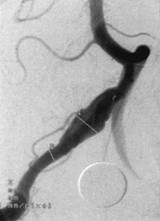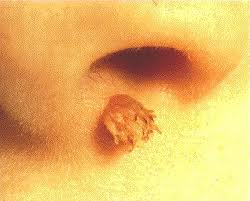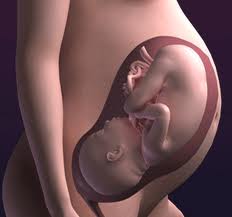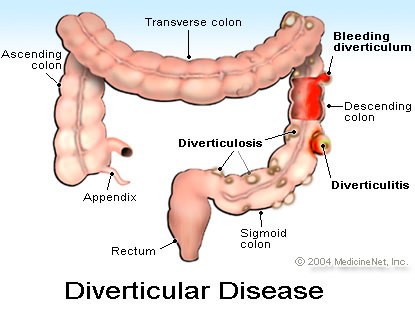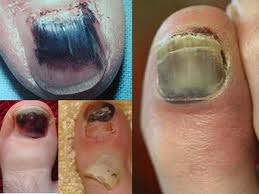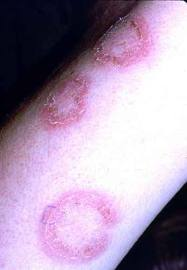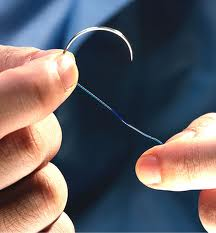A fusiform aneurysm is a type of aneurysm characterized by a spindle-like shape when viewed in cross-section. Fusiform (“spindle-shaped”) aneurysms are variable in both their diameter and length; their diameters can extend up to 20 cm (8 in). They often involve large portions of the ascending and transverse aortic arch, the abdominal aorta, or less frequently the iliac arteries. The shape of an aneurysm is not pathognomonic for a specific disease. It can be a cause for concern, depending on where in the body it is located, and in some cases emergency surgery may be required to correct it before it ruptures. Rupture of an aneurysm can have fatal consequences; for example, an abdominal aortic aneurysm (AAA) can rupture and cause a patient to bleed to death within minutes. Continue reading
